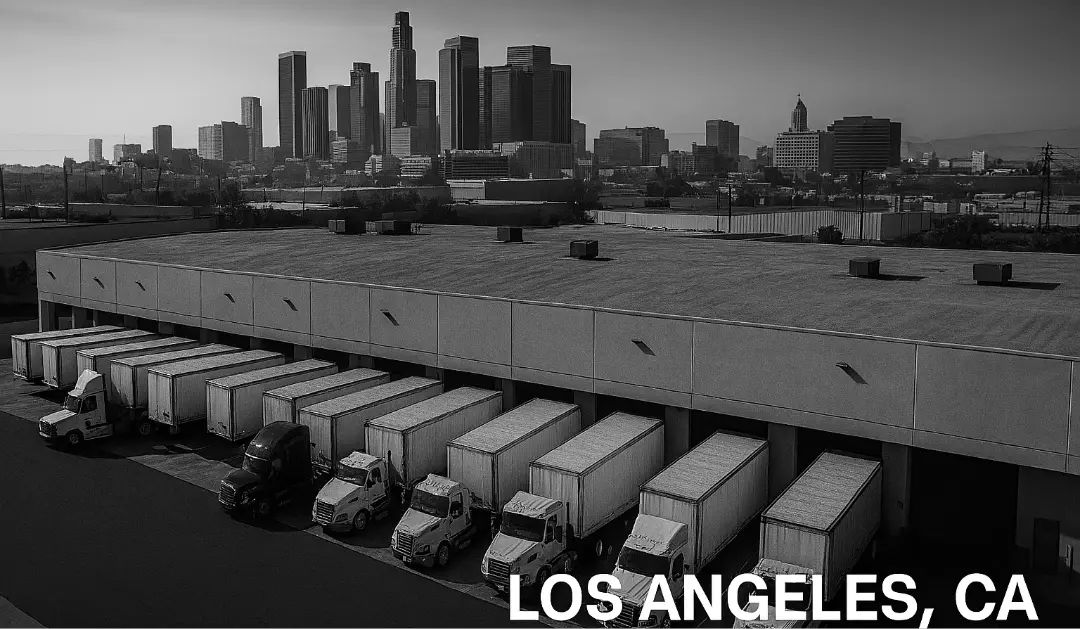Introduction
The United States Postal Service (USPS) is a popular choice for shipping, both domestically and internationally. However, if you’re dealing with hazardous materials (HAZMAT), it’s crucial to stay informed about the USPS’s upcoming changes regarding the handling, documentation, and labeling of these materials. By understanding and complying with these changes, you can avoid potential accidents and legal complications.
Understanding HAZMAT and Its Common Examples
Before diving into the USPS changes, let’s clarify what qualifies as a hazardous material. While you might picture dramatic scenarios like cartoon barrels of acid or radioactive substances, the reality is that many everyday items are considered potentially dangerous. Batteries, battery-containing products, aerosols, certain household chemicals, and even some cosmetics fall under this category. HAZMAT can also include chemicals, explosives, and radioactive materials, which, if mishandled, pose serious risks such as leakage, fires, explosions, and contamination of the environment.
Enhanced Regulations for Fire and Explosion Risks
Certain hazardous materials, particularly flammable liquids, gases, and solids, require even stricter rules. These materials must be shipped via ground services due to safety concerns, making commercial air travel unsuitable. The transportation of hazardous materials adheres to rigorous regulations to ensure safe handling, packaging, and transport, minimizing the risk of fire or explosion.
Ensuring Safe Transport
Companies and individuals involved in shipping HAZMAT must take necessary precautions and follow strict guidelines to ensure the safe transport of these materials. Mistaken or improper shipping of hazardous materials can have severe safety consequences. It’s essential to prioritize safety and partner with fulfillment centers experienced in HAZMAT shipping. These centers can help you understand shipment classifications, packaging requirements, and individual shipment regulations, ensuring compliance and peace of mind.
Identifying HAZMAT Materials
With the upcoming USPS changes, it becomes crucial to identify the types of hazardous materials in your packages. Accurate identification allows your technology provider to generate carrier-compliant shipping labels and manifests. The USPS supports and requires 22 different material classifications for manifests, depending on the shipment’s contents. These classifications include everyday objects like first aid kits, printing inks, and thermometers. A detailed list of USPS Hazmat and Changes can be found on the official USPS website HERE.
Staying Informed and USPS Changes
To stay up-to-date with the USPS’s revised guidelines for Hazardous, Restricted, and Perishable Mail, refer to Publication 52. It contains valuable information specific to the USPS, including classification and identification details for HAZMAT. Additionally, the Department of Transportation (DOT) provides high-level information on HAZMAT regulations and compliant labels. Familiarize yourself with these resources to ensure compliance with shipping requirements.
What Changes to Expect
The USPS is revising Publication 52 to include updated guidelines for hazardous materials. These requirements will mandate carefully separating hazardous materials requiring hazard-warning marks or labels from other mail. Mailers will also need to place these materials in distinguishable containers. Furthermore, the USPS will enforce the use of ground transportation and specific labels for used, broken, or flawed electronic gadgets containing lithium batteries, with some exceptions.
Enhancing Safety and Preventing Incidents
These changes aim to enhance safety for employees and recipients of packages containing hazardous materials. The USPS has shared examples of packages spontaneously combusting and improperly identified packages containing spilled chemicals, highlighting the need for stricter regulations. By implementing these changes, the USPS seeks to reduce incidents involving hazardous materials during the shipping process.
Fulfillment Centers for Hassle-Free Shipping
Partnering with a carrier-compliant 3PL fulfillment center can save you time, resources, and potential legal complications as the USPS implements these changes. This applies not only to regular HAZMAT shippers but also to anyone using USPS for Shipping HAZMAT, regardless of frequency, which requires attention to detail. Just as you check your stove before leaving home or your tire pressure before a road trip, ensuring your HAZMAT shipments comply with regulations adds peace of mind and eliminates potential stress from the process.
Partnering with a fulfillment center experienced in shipping hazardous materials can significantly benefit your e-commerce business. These centers understand the complexities involved and can efficiently handle HAZMAT-classified items. By leveraging their expertise, you can redirect your time and resources back into your core business operations.
If you’re looking for a fulfillment partner specializing in HAZMAT, contact our Fulfillment Consultants. They can connect you with a vetted fulfillment center that meets your specific needs and requirements.
Conclusion
The USPS is implementing changes to improve the safety and accuracy of HAZMAT shipments. Staying informed about these upcoming changes is essential for individuals and businesses involved in shipping hazardous materials. By understanding the regulations, identifying HAZMAT materials accurately, and partnering with carrier-compliant fulfillment centers, you can navigate the shifting landscape of HAZMAT shipping with confidence and ensure the safety of everyone involved in the process.





